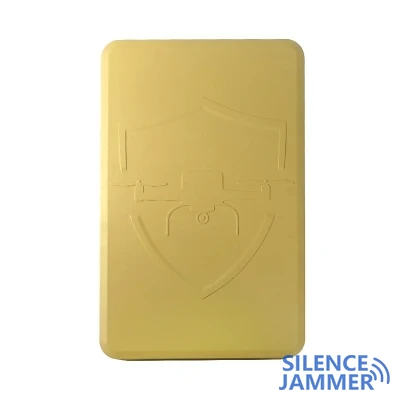Ultrashort wave (Ultra High Frequency, UHF) radio communications play an important role in modern communication systems, but face challenges from various interference sources. In order to ensure communication quality and stability, researchers and engineers continue to explore and develop various anti-interference technologies. This article will analyze and discuss ultra-shortwave radio communication anti-interference technology.

1. Interference source analysis
Ultrashort wave radio communications may be affected by a variety of interference sources, including:
Atmospheric electromagnetic noise: electromagnetic interference caused by atmospheric phenomena such as lightning discharges and lightning.
Man-made interference: includes interference caused by human activities such as industrial equipment, power lines, signal jammers and mechanical equipment.
Electromagnetic interference: Interference from other radio equipment, radar systems, television signals and other electromagnetic wave sources.
2. Anti-interference technology
In response to the above interference sources, researchers have proposed a variety of anti-interference technologies, mainly including the following:
Frequency selection and frequency hopping technology
By selecting and hopping between different frequency bands, you can reduce the impact of frequency-specific interference. Frequency hopping technology enables communication systems to switch between multiple frequency bands, thereby improving anti-interference capabilities.
adaptive filtering technology
Adaptive filtering technology can dynamically adjust filter parameters according to the characteristics of the received signal, suppress interference signals and enhance the reception of target signals.
Multi-antenna reception technology
Using multi-antenna reception technology, the reception strength of the target signal can be enhanced in the spatial domain while suppressing the impact of interfering signals. For example, array antenna technology is used to achieve beamforming, pointing the main lobe of the antenna in the direction of the target signal, thereby improving the signal-to-noise ratio of the signal.
Code Division Multiple Access (CDMA) technology
CDMA technology uses the principle of code division multiple access to simultaneously transmit signals of multiple users in the same frequency band, and uses pseudo-random sequences for code division multiplexing, thereby improving the anti-interference capability.
signal processing technology
Digital signal processing technology is used to process and analyze the received signal, extract the target signal and suppress the interference signal. For example, adaptive filtering, time domain filtering, frequency domain filtering and other methods are used to denoise and enhance signals.
3. Coping strategies
In practical applications, in addition to using the above technologies to improve the anti-interference capability of the communication system, the following strategies can also be adopted to deal with interference:
Properly plan and design communication systems, select appropriate frequency bands and signal modulation methods, and reduce the impact of interference.
Strengthen the maintenance and management of communication equipment, promptly discover and repair equipment faults, and reduce the impact of interference sources on the communication system.
Strengthen the monitoring and management of the electromagnetic environment, promptly discover and deal with interference sources, and ensure the normal operation of communication systems.
Ultrashort wave radio communication anti-interference technology is of great significance in modern communication systems and is crucial to ensuring communication quality and stability. Through continuous exploration and development of anti-interference technology, the anti-interference ability of communication systems can be improved.


